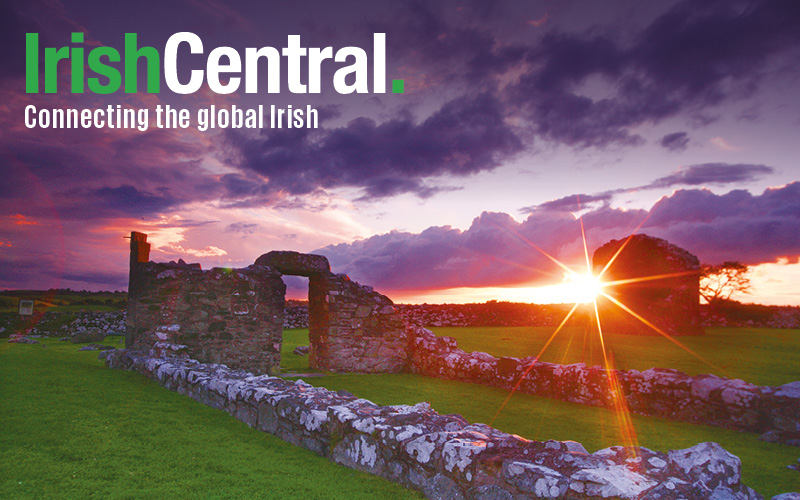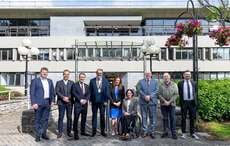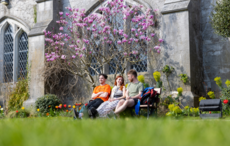Forty photos of Dublin after the 1916 Easter Rising were released online by the Digital Repository of Ireland (DRI) in August 2015.
The Digital Repository, which itself was only launched in July 2015, presented the collection of the Royal Irish Academy’s (RIA) “Photographs of Dublin City Centre after the 1916 Rebellion.” The photographs were taken by Limerick antiquarian and engineer Thomas Johnson Westropp on May 17-18, 1916 and have now been collected online by historian Dr. Sharon Webb.
They are taken from a bound volume entitled “Ruined Buildings in Dublin after the Sinn Féin Rebellion,” as the Rising was popularly called. They depict Dubliners going about their daily lives amidst the ruins of the rebellion.
The stunning collection documents key buildings, monuments and streets in Dublin in the aftermath of the Rising. Westropp donated these photographs to the Royal Irish Academy in June 1916, just weeks after the events of the Rising unfolded.
"Westropp's collection captured the destruction of Dublin following a week of fighting between Irish rebels and British forces," Webb writes. "His pictures show the damage caused to a number of iconic Dublin buildings, including the General Post Office (GPO), which was the rebel headquarters, and depict a number of famous Dublin streets including O’Connell Street, then called Sackville Street, strewn with rubble and glass - the fragments of a rising which changed the course of Irish history."
RIA Librarian Siobhan Fitzpatrick, told the DRI that the Westropp had a commitment and interesting in documenting the destruction of Dublin.
“He obviously went to great lengths to take many of the photographs which are preserved in the collection,” said Fitzpatrick.
“The fact that he had the images developed, printed and mounted in an album within a week conveys a certain sense of urgency and the fact that he deposited the album with the Academy for safe-keeping shows his strong archival sense and the importance he placed on preserving the record. Similar albums were deposited with other repositories in Dublin confirming Westropp’s archival commitment.”
Born in Patrickswell, County Limerick in 1860, Westropp attended Trinity College in Dublin.
Natalie Harrower, acting director of the repository, said little is known about his political outlook but there was no reason to think he had any political motivation for documenting the events.
She said, “As historians and archivists, you find that most people are much less political in the moment than we expect them to be when we look back.”
Fitzpatrick said Westropp’s approach to documenting the destruction is representative of his training and of the accuracy and care with which he approached his work.
“Throughout his life he recorded buildings in Ireland as seen through the prism of an antiquarian scholar,” Fitzpatrick told the DRI. “His training as an engineer ensured that he recorded dimensions and other details with a high level of accuracy. His images of Dublin in ruins may be seen in the context of this lifelong study of buildings in various states of disrepair or even ruin.”
A number of photographs in the collection document specific sites from a number of vantage points. For example there are photographs of O’Connell Street (Sackville Street) and the GPO from different angles and street levels including aerial views taken from the top of Nelson's Pillar, which was blown up in 1966, and a photo of O’Connell Street taken from the south Liffey quays. Westropp also documented the corner of Middle Abbey St before and after the fall of the “corner house.”
This collection is being made available to the public through DRI, working with the RIA and educational institutions to provide an accessible online database of Irish cultural material. Launched earlier this year the aim of the DRI is to establish itself as a trusted digital repository for Ireland's social and cultural data. It links together and preserves both historical and contemporary data held by Irish institutions, providing a central internet access point and interactive multimedia tools.
For more visit www.dri.ie.
* All photos: Royal Irish Academy.
* Originally published August 2015.




Comments